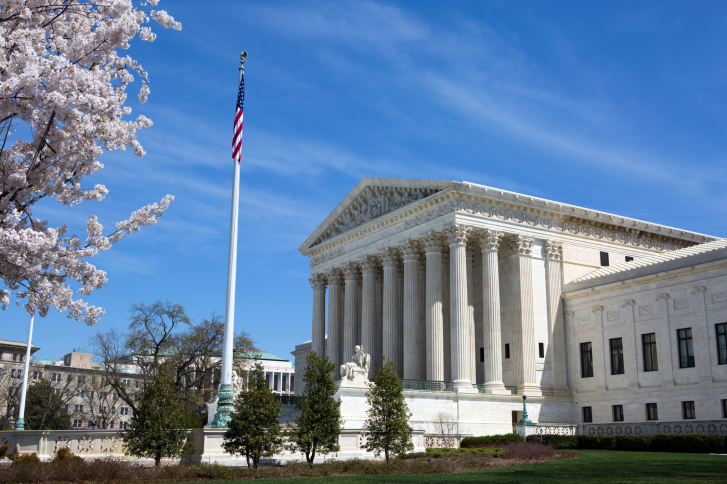Spokesmen for Greenpeace and the World Wildlife Fund (WWF), activist environmental groups that have led the effort to ban worldwide use of the pesticide DDT, have admitted to the New York Times that DDT may be necessary and desirable after all.
The admission comes after a de facto 30-year global ban on DDT that has allowed a resurgence of Third World malaria, killing tens of millions of people.
New York Times Endorses DDT
A January 8, 2005 article, written by New York Times columnist Nicholas Kristof, reported the growing scientific consensus that DDT is environmentally safe and an irreplaceable anti-malaria weapon.
“The U.S. and other rich countries are siding with the mosquitoes against the world’s poor by opposing the use of DDT,” wrote Kristof.
“The poor countries that were able to keep malaria in check tend to be the same few that continued to use DDT, like Ecuador,” Kristof continued. “The evidence is overwhelming: DDT saves lives.
“But most Western aid agencies will not pay for anti-malarial programs that use DDT, and that pretty much ensures that DDT won’t be used,” Kristof noted. “Instead, the U.N. and Western donors encourage use of insecticide-treated bed nets and medicine to cure malaria.
“Bed nets and medicines are critical tools in fighting malaria, but they’re not enough. The existing anti-malaria strategy is an underfinanced failure, with malaria probably killing 2 million or 3 million people each year.”
Greenpeace, WWF Reverse Course
Wanting to be fair, and seeking an alternative view from anti-DDT activists, Kristof called Greenpeace and the WWF for comment. Spokespersons admitted DDT should not be banned.
“South Africa was right to use DDT,” said WWF spokesperson Richard Liroff. “If the alternatives to DDT aren’t working, as they weren’t in South Africa, geez, you’ve got to use it. In South Africa it prevented tens of thousands of malaria cases and saved lots of lives.”
Greenpeace spokesperson Rick Hind agreed. “If there’s nothing else and it’s going to save lives, we’re all for it. Nobody’s dogmatic about it.”
Ban Killed Millions
“It might be easy for some to dismiss the past 43 years of eco-hysteria over DDT with a simple ‘nevermind,'” asserted Steve Milloy, an adjunct scholar at the Cato Institute, “except for the blood of millions of people dripping from the hands of the WWF, Greenpeace, Rachel Carson, Environmental Defense Fund, and other junk science-fueled opponents of DDT.”
“All I can say is: It’s about time,” Paul Driessen, senior policy advisor for the Congress of Racial Equality and author of Eco-Imperialism: Green Power — Black Death, said. “Better late than never. But why did so many people have to die over the past three decades, because of the near-global de facto DDT ban, which these groups promoted so incessantly? Will these two organizations now join us in a worldwide campaign to support the use of DDT in combating malaria and other infectious diseases that have destroyed so many lives in so many developing countries?”
“So why do the U.N. and donor agencies, including the U.S. Agency for International Development, generally avoid financing DDT programs?” Kristof asked. “The main obstacle seems to be bureaucratic caution and inertia. President Bush should cut through that and lead an effort to fight malaria using all necessary tools including DDT.”
James Hoare ([email protected]) is managing attorney at the Syracuse, New York, office of McGivney, Kluger & Gannon.
For more information …
The January 8, 2005 New York Times essay by Nicholas Kristof is available online at http://www.nytimes.com/2005/01/08/opinion/8kristof.html?ex=1110690000&en=23cebfac85721d86&ei=5070&oref=login (registration required).
Steve Milloy’s writing on malaria and DDT are available online at http://www.junkscience.com/jan05/DDTflipflop.htm and http://junkscience.com/malaria_clock.htm.
The anti-DDT statements from World Wildlife Fund and Greenpeace are available online at http://www.panda.org/about_wwf/what_we_do/toxics/problems/ddt.cfm and http://www.greenpeace.org.nz/toxics-map/treatyb.htm.



